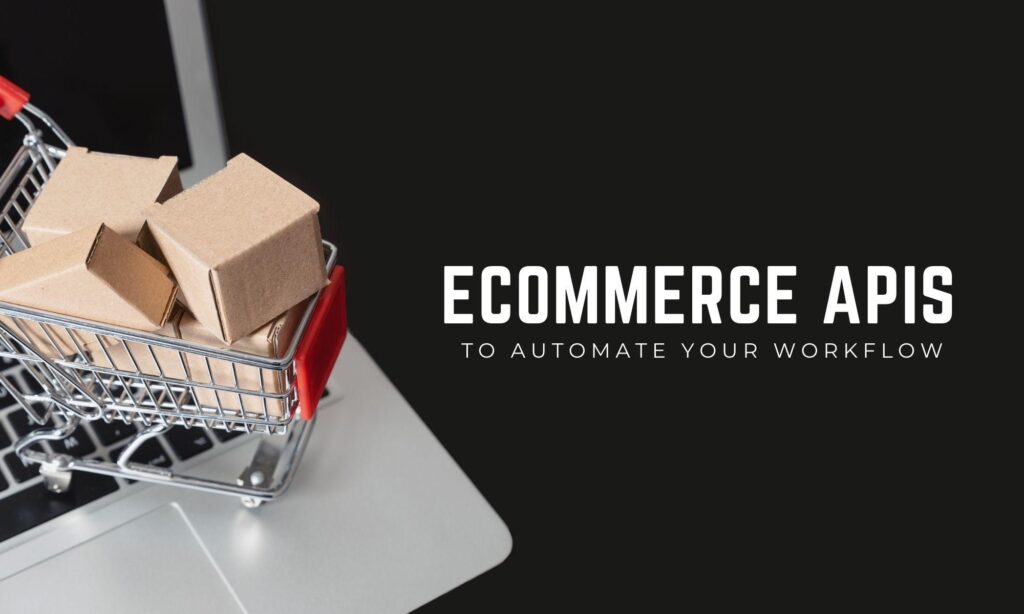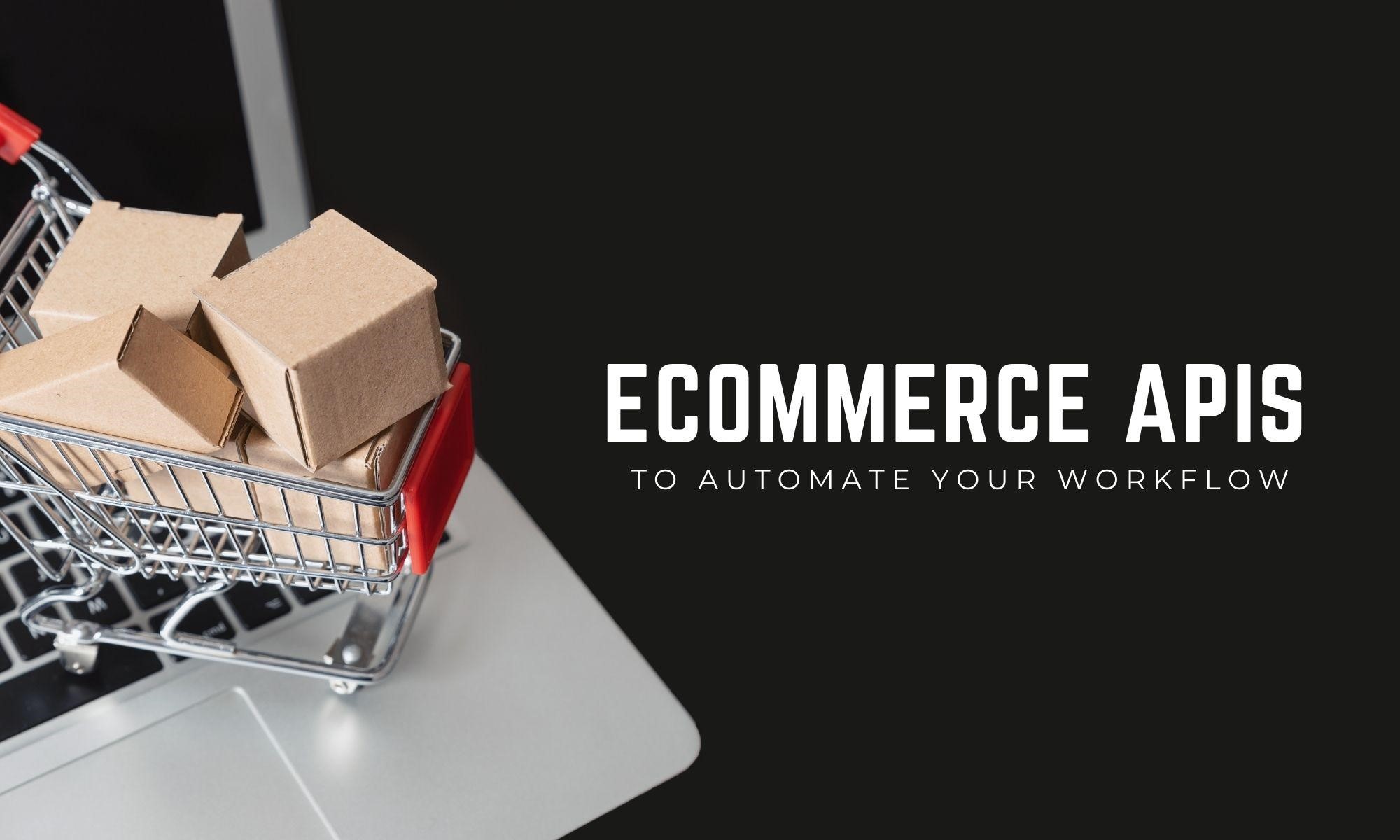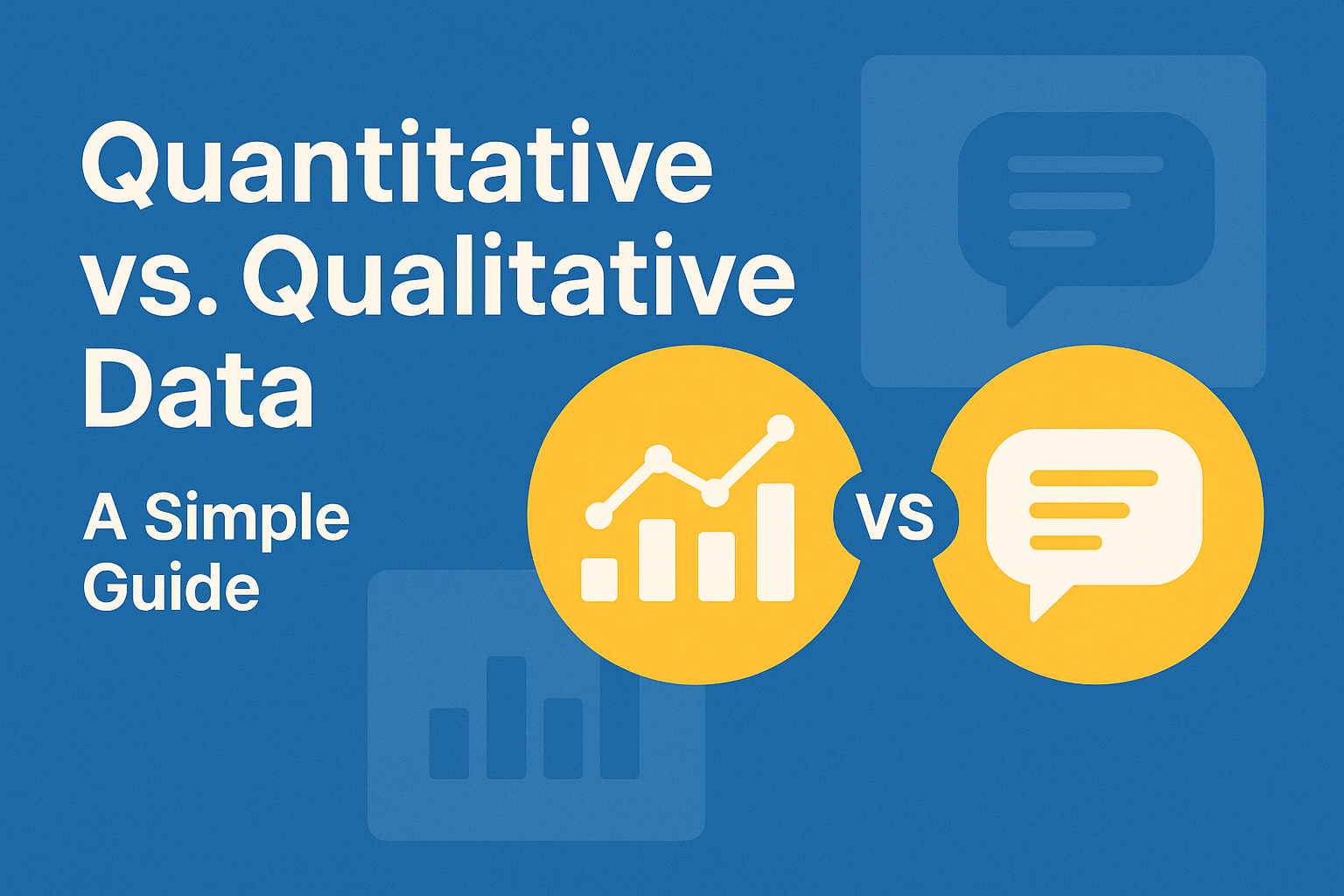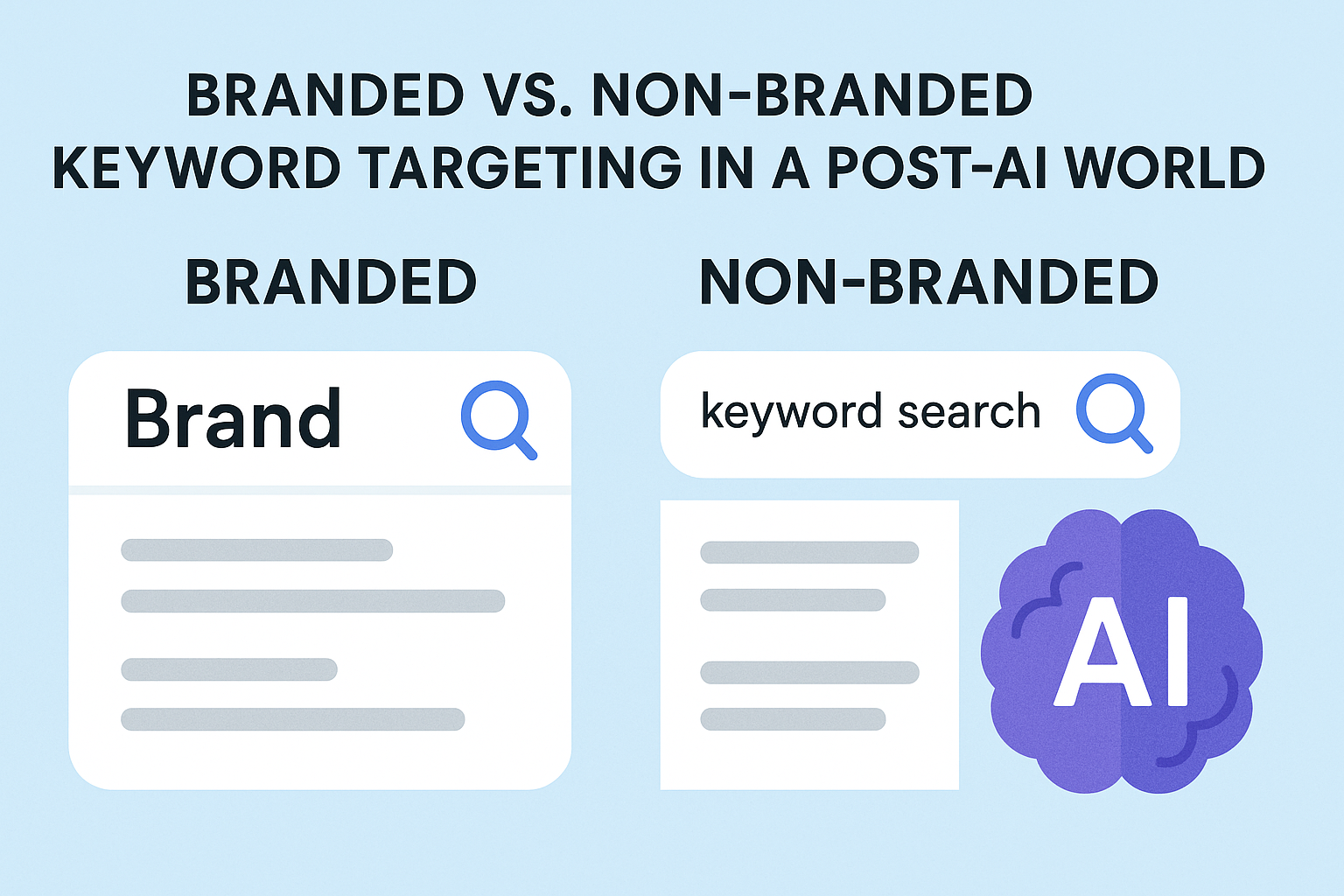
An API is a collection of services that enables two programs to connect and share information with one another. APIs enable programs to accomplish their specialized functions in a seamless manner.
ECommerce APIs follow the same logic. Its application, for example, enables you to link or add service solutions to various shopping platforms, as well as transmit and process information from eCommerce sites established on them. With capabilities including inventory control, courier administration, labeling, billing, printing shipping information, monitoring, and confirmation alerts, eCommerce APIs may help organizations automate, organize, manage, and simplify their operations.
So, if you’d like to build a strong foundation for any eCommerce business, you’ll need to incorporate eCommerce tools and APIs to make your workflow seamless and your processes more automated. Here are more reasons why:
1. APIs have lots of potential
APIs connect various software systems and allow them to communicate with one another by receiving queries and responding to them. It enhances the functioning of an app or software, allowing you to do tasks more quickly. It also makes information exchange easier.
Having every technology that you need for your business accessible, opens a new portal to bigger possibilities of improving your business management system and expanding your business. If technology can handle tasks that take up a lot of your time and effort, you can free yourself from them and focus on producing more ideas that will drive your business to success.
2. They are Secure
APIs improve software data security by allowing users to request information from your platforms. The API uses security mechanisms such as encryption to secure your eCommerce information.
3. Reusable
Because APIs are developed in a service-oriented manner, they may be utilized across services and devices. Reusable programs decrease the lot of time and resources programmers must devote to a project, increasing their productivity.
4. Scalable
APIs allow you to link to any existing program without modifying the old system, application, or hardware. It only requires a few pieces of code to link to a new process and create extensibility to manage more complicated transactions.
5. Synchronizable
Because of API connection, you may develop a platform tailored to your unique company needs by combining components of your online shop from other apps and programs. This allows you to logically coordinate your operations process.
Through system components, one firm may link to the systems and hardware of other organizations in order to administer their information, shipping routes, goods, and services that best fit their needs.
As you’ll see, the API shift affects us all. Now, let’s look at three sorts of API designs that acquire data from networks, transform data into activities, or create an impression.
Three Types of API Models
You can impact the way consumers engage with new gadgets and technological advancements by utilizing API-led integrations.
Multi-channel marketing, inventory management, delivery, and delivering tailored experiences across many channels may all help to enhance E-commerce fulfillment operations. There are three sorts of models that may be used to create these APIs.
1. Experience APIs
Such APIs are used for data reconfiguring, so the same data may appear in different ways according to the demands of the consumers.
Instead of building separate integration with each network, experience APIs establish a single data source for all of them.
2. Process APIs
These are used to integrate diverse systems in an IT environment. They aid in the creation of separate data contribution margins in order to avoid data bottlenecks inside or across networks.
They need not involve a third system to supply data. This implies that Process APIs can assist organizations wanting to enhance their existing IT infrastructure.
3. APIs for systems
The complexity of fundamental systems such as ERP, FTP servers, or CRM systems is hidden by system APIs. These APIs generally give a method to obtain entry to the company’s data and records management sector.
Now I’ll go through several eCommerce APIs that can improve the functionality of your website and the experience of your consumers.
The Various Types of eCommerce APIs
API integration enables developers to incorporate diverse system features straight into online storefronts. This aids in the streamlining of the purchase fulfillment, shipment, and distribution procedures.
There are dozens of E-commerce APIs available for programmers to explore. Several of them may be used to add purchases, transport them, monitor them, receive items, view, buy and sell them, and even create marketing groups, among other things.
We’ll showcase some of the more powerful and effective ones below.
1. Login API
An online retailer’s identity management is aided by the login eCommerce API. It enables you to allow clients to log in to your eCommerce site using systems they already use, such as Amazon, Facebook, Active Directory, OneLogin, and G Suite (formerly Google Apps).
BigCommerce’s login API is an example.
2. Product information API
This is indeed one of those eCommerce APIs that provides merchants with access to product details on any shopping website or product registry (product identification, descriptions, complete product titles, comprehensive product specs, product and brand pictures, price information, volume discounts, etc).
ASOS API and eBay API are good examples.
3. Sales tax API
Another eCommerce API worth researching is an API for sales tax. The regulations on sales tax vary depending on the nation, region, and even municipality in some circumstances. With something like this API, you need not worry about sales tax issues which can be certain to bill the customer the right amount of sales tax. Taxee is one such tool.
4. Cart API
The cart API is an important eCommerce API that gives merchants access to their consumers’ shopping carts. Customer features that personalize the customer experience at checkout can be integrated using cart APIs. Discounts, coupons, and even B2B-specific features like invoicing and quote generating are among them. The Shopify cart API is a fine example.
5. Site search API
The site search eCommerce API makes it easier for customers to drill down to a certain brand, model, or item on large eCommerce sites with a vast range of products and categories. The API also aids in the discovery of companies or goods that your visitors may not be aware of. Google Search API is one example.
6. Shipping API
An API shipping connects your eCommerce site to a shipping feature. Among other things, rates are computed automatically, labels are prepared, and tracking numbers are generated. Shipengine is one such API
7. Payment API
If your online business takes online transactions, you can’t manage to ignore the payment API. This API or plugin ensures that the payment processing mechanism on your website is fully operational. Tutuka is a great tool for your website.
8. Catalog API
A catalog eCommerce API aids retailers in the creation, modification, and management of product catalogs. The API allows you to change thousands of products in minutes and integrates with other important eCommerce systems including point-of-sale, inventory management, analytics, and reporting. AWS API is a fine example.
9. Social proof API
Customers will trust your eCommerce website if they see social proof (such as customer reviews, Facebook likes, or Twitter comments). Social widgets or a social proof API are simple ways to highlight relevant social media activity to site visitors. Developer APIs from social media platforms like Facebook, Instagram, and Twitter can be tweaked and added to your website as needed. Proof Factor is a great tool.
10. Marketing automation API
Customers can be automatically added to an email list using a marketing automation API for your eCommerce site and then segmented based on the things they purchased, the amount they spent, or their geography. (Any segmentation criteria that make sense for your business can be used.) Take a look at Zoho.
11. Price comparison API
The price comparison eCommerce API gathers pricing data from a variety of sources. Retailers can use the API to see how their products are priced in the market, allowing them to alter their prices to stay competitive. Cronj is an example.
12. Anti-fraud API
Retailers can detect scammers using an anti-fraud API before they cause financial harm to the company. It examines several aspects of a transaction (for example, proxy, geolocation, email, credit card, and so on) and identifies possibly fraudulent orders. Seon is a fine example.
13. Currency exchange rate API
A currency exchange rate API can be a lifesaver if you’re running a global eCommerce firm where correct currency conversion data is critical. Take a gander at fastFOREX.
14. Affiliate API
Affiliate APIs are the most convenient way to sell other merchants’ products on your eCommerce site. All you have to do is join the affiliate program, copy the codes, and insert them on your website. Check out the Udemy API.
15. Background Removal API
The Removal.AI background removal API has indeed been made more convenient than it has ever been for background removal technologies. You may add this function to your device with only a few code lines. Up to 25 megapixels of the resolution
Requires pictures with a true, visible front (e.g. products, people, animals, and more). Up to 500 pictures per minute are theoretically processed using this API. In fact, this amount depends largely on the megapixel picture quality and your upload speed.
Take away…
You have strong competition as an eCommerce firm. Customers have never had it so easy to purchase online, and they have never had so many options. To ensure that you outperform your competitors, you must perfect all of your company procedures. As a result, process automation is what you can manage to overlook.
Workflow optimization and automation improve both productivity and efficiency. Automation, bots, as well as other forms of technology, can do routine jobs considerably more rapidly than people. They will also not make the types of little mistakes that may quickly escalate into major issues.
Thanks to the growing popularity of eCommerce APIs, enhancing functionality is now easier than ever to meet eCommerce trends fast and efficiently. There’s no need to start coding from scratch. When such duties are automated, your employees will be able to devote their precious time somewhere else. They are capable of completing activities that need human intelligence and concentration. The process automation concepts presented above are only a sample of the many ways you may maximize your company’s potential. All you have to do now is follow the API creator’s developer guidelines, and your website will be ready to go.

The Search Engine Cage team is on a mission to educate entrepreneurs. We make things easier for the small business owner, by writing articles that help them to understand SEO and Digital Marketing.







